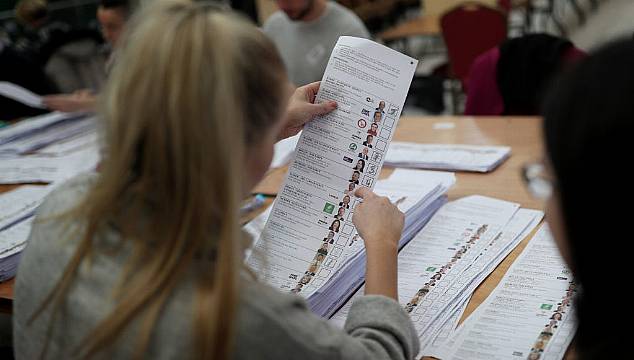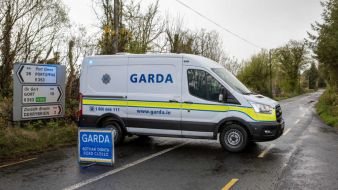Ireland’s much-anticipated new constituency boundaries are set to be revealed – and scrutinised carefully by politicians and election strategists in the coming days.
Elected representatives are eagerly awaiting to see what their new constituency boundaries look like, due to be published by the Electoral Commission on Wednesday morning.
The new constituency boundaries will allow for an increase in the number of seats in Dáil Éireann, from 160 to at least 172 TDs – or as many as 181.
This has been prompted by a boom in the population to 5.15 million, as shown in Census 2022 – an increase of 8 per cent in four years.
As the Constitution says there needs to be one TD to represent every 20,000 to 30,000 people in Ireland, the constituency boundaries need to shift.
Of Ireland’s 39 constituencies – nine three-seaters, 17 four-seaters and 13 five-seaters – all but one have seen population increases that put them at more than 30,000 people per TD, with Limerick County being the exception.
According to Irish electoral laws, each constituency should have between three and five elected members, with three-seaters seen as advantageous to large political parties and five-seaters an easier job for smaller parties and independents to get over the quota threshold.
If a population increase in a constituency requires more than five seats, it could result in a five-seat constituency being carved into two three-seaters – threatening to split vote bases.
If a county’s population has increased, but not by enough to warrant an extra seat, then parts of it could be tagged on to a neighbouring constituency.
Constituency reviews are meant to avoid breaching county boundaries where possible, to follow geographical features and to maintain the continuity of electoral areas as much as they can.
Upon the establishment of the Electoral Commission in February this year, it asked for submissions on how the boundaries should be redrawn, and received 556 submissions from elected representatives, political parties and academics.
In a submission from Dr Adrian Kavanagh, a geography expert from Maynooth University, he suggested that Dublin could gain an extra five or six seats, but the decision of where to put them could be “complex” in some cases.
In an example of the decisions facing the Commission, Mr Kavanagh said that the three constituencies of Wicklow, Clare and Waterford all had populations too large to leave them with their current allocation of seats, but not large enough to warrant a new seat each.
In the west of the country, he said that “everything in this region hinges around what will happen with Leitrim, Sligo and Roscommon”, particularly in relation to Galway and Donegal.
“The task faced by the Commission in redrawing boundaries in the Munster region is also quite messy and there are very few straight-forward options available to the Commission in this region,” he said.
Ireland is due to hold local council elections and a European Parliament election next summer.
A general election is heavily rumoured to be planned for November next year, after the final Budget of the three-party coalition government is officially confirmed.







